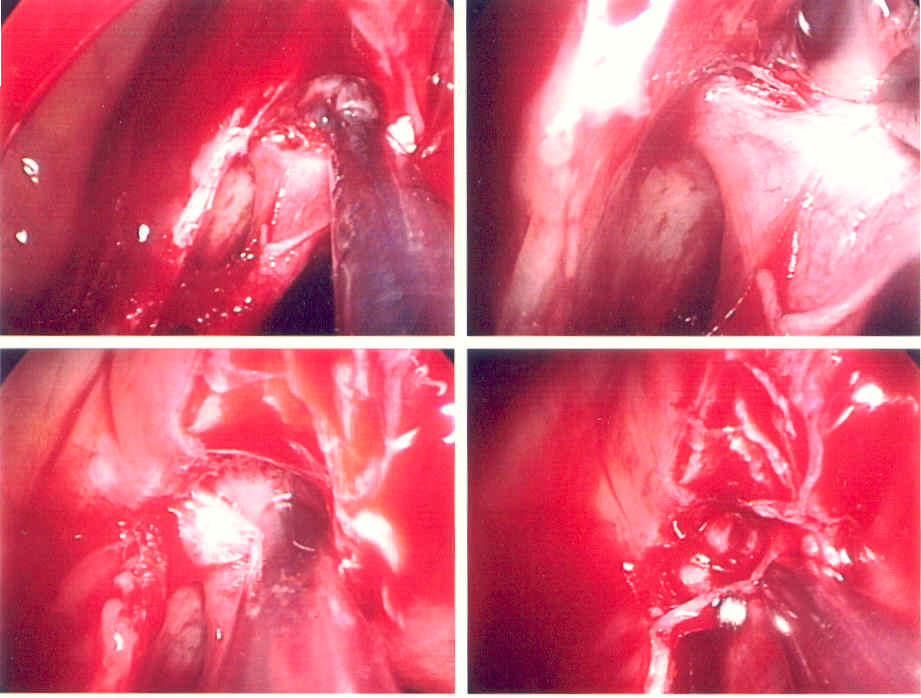Rhinology/Allergy pages
1) Humidifier
A warm mist humidifier is the best, as it heats the water to form steam; bacteria and mold are killed in the process. The humidifier is most important in the bedroom, where you will sleep for 8 hours. Humidifiers on the heater are helpful, but they are usually not enough.
2) Saline nasal spray
Use the spray 6 to 10 times per day. Keep it in your pocket when you leave home. The effects are short-lived: about 1 hour. Some common brand names are: Ocean, AYR, Proetz
Ocean spray has a removable spray tip, allowing one to refill the bottle after making new saline. To make saline: boil 1 quart water, add 1 tablespoon of salt: pickling, canning, or regular, and add 1 teaspoon of bicarbonate to reduce any chance of stinging. Let the solution cool before use!
Saline can also be delivered into the nose by sniffing, using a baby�s nose bulb-suction, or with a Grossan irrigator (a special tip for a Waterpik; about $80.00 for both the Waterpik and irrigator, call Hydromed at 1-800-560-9007 to order if interested).
3) Saline gel
Use this twice per day: morning and evening. The effects are longer: 6 hours or so. To use the gel wash your hands, place a dab on your finger, and wipe it inside your nostrils. Alternatively, you may apply the gel with a Q-tip. Then pinch your nostrils closed to spread the gel, and sniff forcefully: this will spread the gel along your septum and throughout the nose. The gel is located in the pharmacy in the over-the-counter section near the saline sprays. Some common brand names are: AYR, Nose-better-gel, Ponaris
In extreme cases, a sphenopalatine artery ligation may be necessary to get posterior epistaxis under control. Radiological intervention to perform internal maxillary artery embolization can also be performed.
